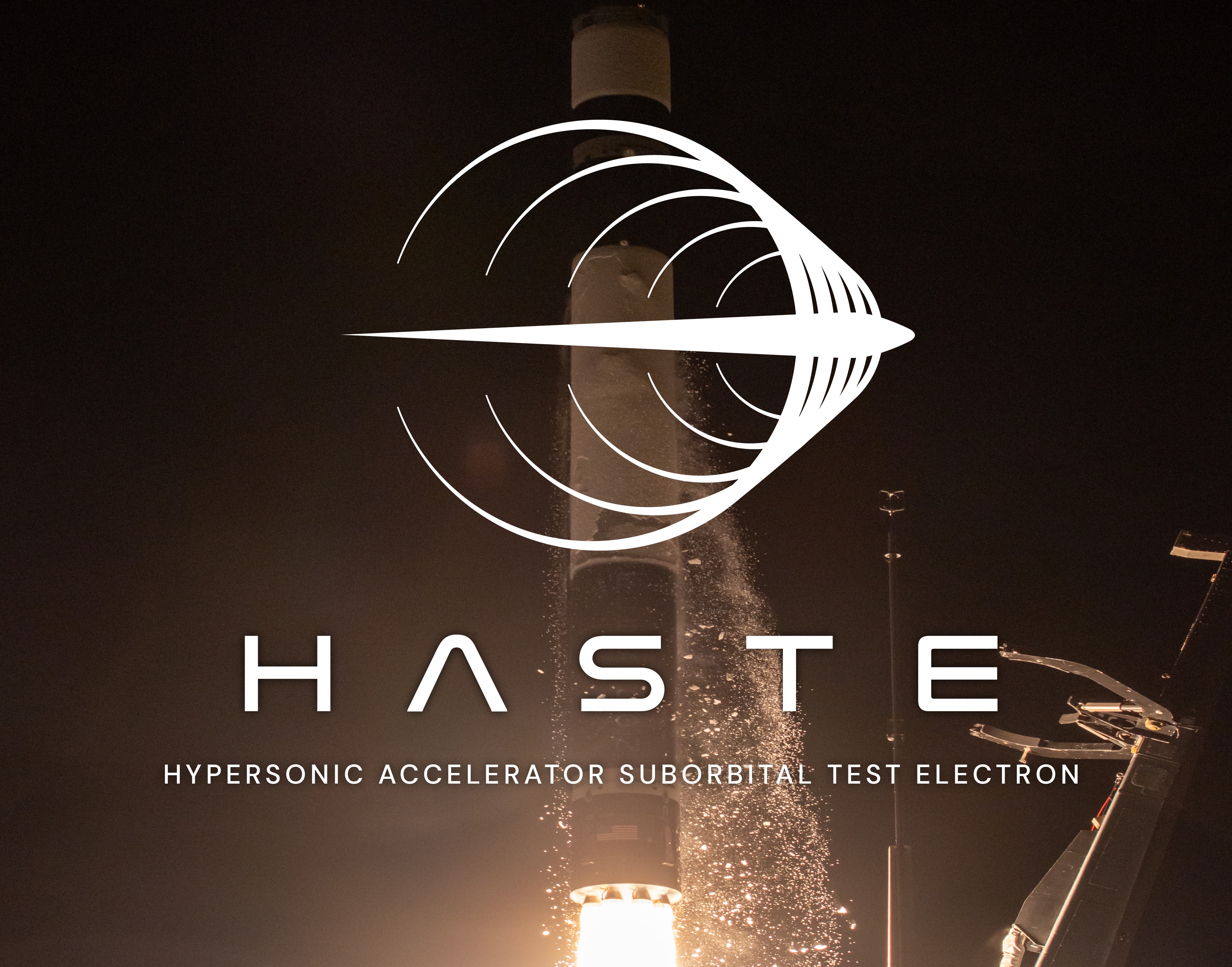Hello and welcome back to Max Q!
In this issue:
- Starship’s successful failure
- Rocket Lab’s Electron goes suborbital
- News from Orbit Fab and more
SpaceX launches fully stacked Starship for the first time
SpaceX launched a fully stacked Starship for the first time on Thursday morning, with the vehicle passing through Max Q and flying for around three minutes. Let me be clear: This was a remarkable result for a first flight test, especially given that this is the biggest and most powerful rocket human beings have ever built. To fixate on the conclusion of the launch — the fairly spectacular explosion after the rocket’s upper stage failed to separate from the booster — is to miss the significant success story of the Starship testing program so far.
The flight test likely yielded a ton of useful data to inform subsequent Starship tests — data that the company wouldn’t be able to get through further ground testing. Sometimes you just need to fly the damn rocket.

Image Credits: SpaceX
Rocket Lab adds a suborbital launch option aimed at hypersonic defense customers
“Rocket Lab is adding a new offering to its suite of services: hypersonic suborbital launches. The new service will be available starting sometime in the first half of this year, when the company will fly its first mission for a “confidential customer” who contracted use of the new suborbital rocket.
Rocket Lab’s suborbital vehicle is derived from its successful Electron orbital launch vehicle, but gets a new name by way of the backronym “HASTE” (hypersonic accelerator suborbital test electron). The first of these is already being prepared for launch at Rocket Lab’s U.S. launch facility in Wallops Island, Virginia.” – Darrell Etherington

Image Credits: Rocket Lab
More news from TC and beyond
- Astranis closed $200 million in new funding as it gears up for its first launch on a SpaceX Super Heavy this week. (Bloomberg)
- Axiom Space is launching a new program aimed at giving countries that don’t have a domestic space agency easier access to space. (Axiom)
- AWS announced the 14 startups that will be participating in its space accelerator. (AWS)
- Lockheed Martin successfully demonstrated rendezvous and proximity operations, technologies that could be used for on-orbit servicing, earlier this year. (Via Satellite)
- Orbit Fab, a startup that wants to establish on-orbit refueling services, closed a $28.5 million Series A. (TechCrunch)
- Rocket Lab plans to reuse a Rutherford engine, which powers the Electron rocket, for the first time in an upcoming launch. (Rocket Lab)
- Space Capital’s latest quarterly investment report highlights how the private markets are continuing to reset after the sky-high valuations and fund flow of the past few years. (Space Capital)
- Space Forge, a U.K.-based startup that focuses on in-space manufacturing, plans to expand its presence in the U.S. with manufacturing facilities for its satellites. (Space Forge)
- SpaceX reduced Starlink monthly customer service fees to customers in multiple European countries. (Starlink Insider)
- SpaceX’s “successful failure” highlights how Starship missions are in need of a timeline reset. (TechCrunch)
- Virgin Orbit has every intention of launching again, despite filing for bankruptcy and laying off 85% of its staff. (The Washington Post)
Max Q is brought to you by me, Aria Alamalhodaei. If you enjoy reading Max Q, consider forwarding it to a friend.
Max Q: A successful failure by Aria Alamalhodaei originally published on TechCrunch
source https://techcrunch.com/2023/04/24/max-q-a-successful-failure/
Comments
Post a Comment